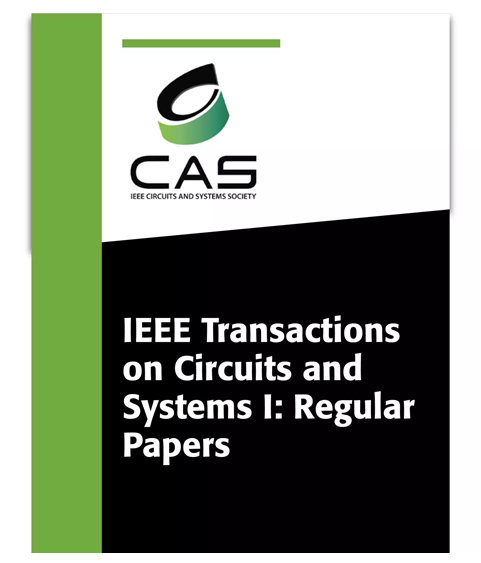Theory and Design of Pseudo-Doherty Load-Modulated Double Balanced Amplifier With Intrinsic Insensitivity to Antenna VSWR
IF 5.2
1区 工程技术
Q1 ENGINEERING, ELECTRICAL & ELECTRONIC
IEEE Transactions on Circuits and Systems I: Regular Papers
Pub Date : 2025-02-25
DOI:10.1109/TCSI.2025.3543818
引用次数: 0
Abstract
This paper presents a novel Double-Balanced power amplifier (PA) architecture with an intrinsic load isolation. Derived from the generic load modulated balanced amplifier (LMBA), by designing the single-ended control amplifier (CA) as another balanced PA, the Pseudo-Doherty load-modulated double-balanced amplifier (PD-LMDBA) can inherit the intrinsic load-mismatch tolerance of balanced amplifier without any reconfiguration and load-impedance sensing. Theoretical analysis reveals that both the control amplifier (CA, as carrier) and primary balanced amplifier (BA, as peaking) exhibit complementary load modulation trajectories for their sub-amplifiers (CA1 and CA2, BA1 and BA2) under mismatch. This allows the PA to inherit the intrinsic load insensitivity from the generic quadrature-balanced amplifier and sustain nearly constant performance against arbitrary load variations. A prototype is implemented at 2.1 GHz, achieving 76.2% efficiency at peak power and 69.5% at 10-dB OBO with matched load. Under a天线驻波本征不敏感伪多尔蒂负载调制双平衡放大器的理论与设计
提出了一种具有固有负载隔离的新型双平衡功率放大器(PA)结构。Pseudo-Doherty负载调制双平衡放大器(PD-LMDBA)是在通用负载调制平衡放大器(LMBA)的基础上,通过将单端控制放大器(CA)设计成另一个平衡放大器,可以继承平衡放大器固有的负载错配容忍度,而无需重新配置和负载阻抗感知。理论分析表明,在失配情况下,控制放大器(CA作为载波)和主平衡放大器(BA作为调峰)的子放大器(CA1和CA2, BA1和BA2)的负载调制轨迹是互补的。这使得放大器继承了普通正交平衡放大器固有的负载不灵敏度,并在任意负载变化下保持几乎恒定的性能。在2.1 GHz下实现了一个原型,在匹配负载下,峰值功率效率为76.2%,10db OBO效率为69.5%。在负载失配的2:1电压驻波比(VSWR)下,峰值功率效率高达72.5%,10 db OBO效率高达64.1%。在20 mhz OFDM信号的调制评估中,PA对2:1 VSWR保持线性,误差矢量幅度(EVM)为2.1%,相邻信道功率比(ACPR)降至-39.5 dB,非常接近匹配条件。
本文章由计算机程序翻译,如有差异,请以英文原文为准。
求助全文
约1分钟内获得全文
求助全文
来源期刊
CiteScore
9.80
自引率
11.80%
发文量
441
审稿时长
2 months
期刊介绍:
TCAS I publishes regular papers in the field specified by the theory, analysis, design, and practical implementations of circuits, and the application of circuit techniques to systems and to signal processing. Included is the whole spectrum from basic scientific theory to industrial applications. The field of interest covered includes: - Circuits: Analog, Digital and Mixed Signal Circuits and Systems - Nonlinear Circuits and Systems, Integrated Sensors, MEMS and Systems on Chip, Nanoscale Circuits and Systems, Optoelectronic - Circuits and Systems, Power Electronics and Systems - Software for Analog-and-Logic Circuits and Systems - Control aspects of Circuits and Systems.

 求助内容:
求助内容: 应助结果提醒方式:
应助结果提醒方式:


